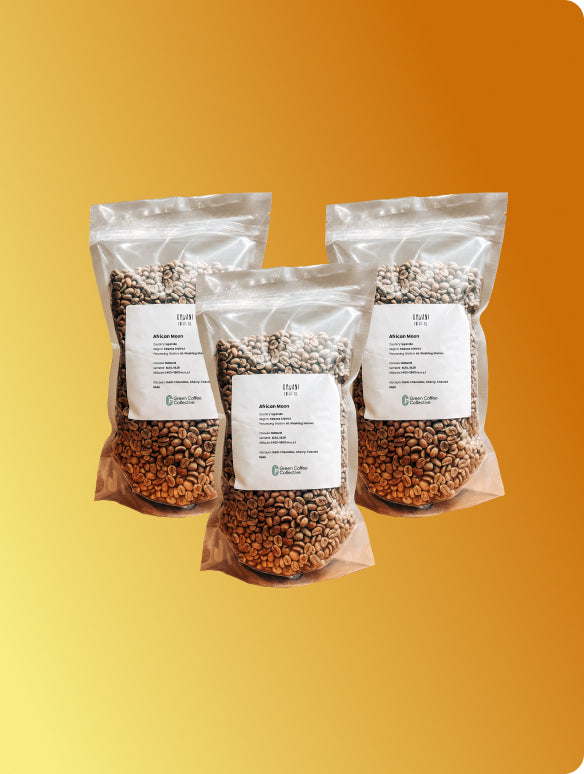Trump’s protectionist trade policies have been making headlines, but what could they mean for the coffee industry?
Tariffs - taxes on imported goods - are designed to encourage domestic production by making foreign products more expensive. Trump believes that these taxes will encourage US consumers to buy more American-made goods, boosting the US economy. However, coffee cannot be grown in the US, making consuming US-produced coffee a challenge.
Earlier this year, Trump announced a 25% tariff on Colombian and Mexican imports, including coffee. Since Colombia and Mexico are among the largest suppliers of coffee to the US, this raised concerns about price increases for American consumers and potential disruptions to the global supply chain. Nearly 40% of Colombia’s coffee exports go to the US, making the country particularly exposed to trade tensions. As Cat from Cata Export points out, “The decisions to impose tariffs of 25% to 50% on products such as coffee are generating concern and uncertainty in the market, driving high price volatility. For instance, just this week, prices went up crazy. The causes of the high C-price at the moment are not only because of Trump, but it is related to some degree.”
Imposing such tariffs can drive up prices, potentially reducing demand and placing additional strain on producers and exporters already navigating a volatile market. While the immediate impact was avoided after negotiations led to the tariffs being paused, the uncertainty highlights how quickly political decisions can shift the economics of coffee trade.
Even so, both Colombia and Mexico have been diversifying their markets. Colombian coffee exports to Asia have grown by 31% in recent years, with China emerging as a key buyer. According to Cat, “Markets like China and Asia in general are very interesting at the moment. We as representatives of specialty coffee don’t see the US as attractive as Asia or Europe. But commodity-wise, our 40% of exports to the US is a lot.”
Mexico, too, has been strengthening trade ties with Asian markets across various sectors, including coffee, avocado oil, and tequila. While Mexico's coffee exports to Asia are still relatively small, these trade relationships could deepen as producers seek alternatives to the US market.
Dylan from Aguilera adds that the uncertainty surrounding tariffs has affected the industry. “Roasters are a bit concerned about both the Trump trade tariffs and the rising coffee prices over the past few months, but personally, we export coffee to the USA and have had no issues with it, since it’s a product the US cannot produce.” However, he also notes that “the green coffee buying process has been a lot slower this year than any other years from US buyers, as most companies are currently looking for high quality at cheaper prices.”
While Central American producers like those in Costa Rica continue to maintain trade relationships with the US, they’re also exploring opportunities in Asia and Europe. Dylan highlights how “Costa Rica was the first country in the world to export the first container of certified free deforestation coffee to Europe,” while other countries like Honduras are seeking new markets due to changes in both the coffee trade and broader political issues.
As trade dynamics shift, both Central and South American coffee producers may need to strengthen partnerships in Asia to balance the effects of these tariffs. With changing market demands and shifting trade policies, we could see a fundamental shift in global coffee supply chains.

